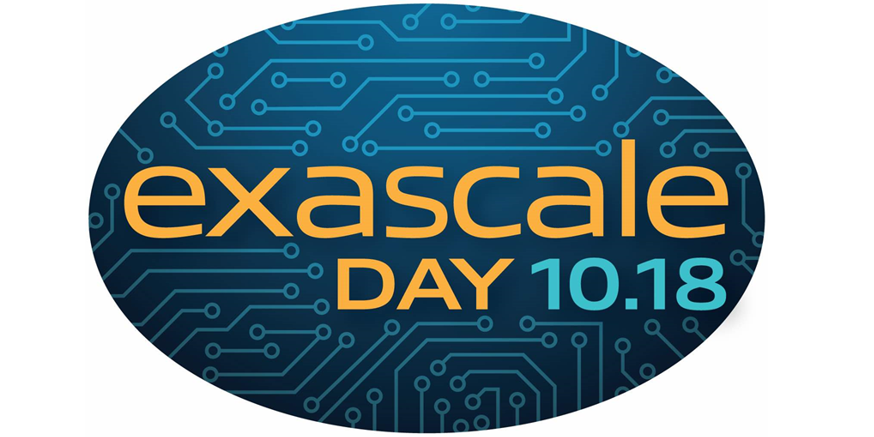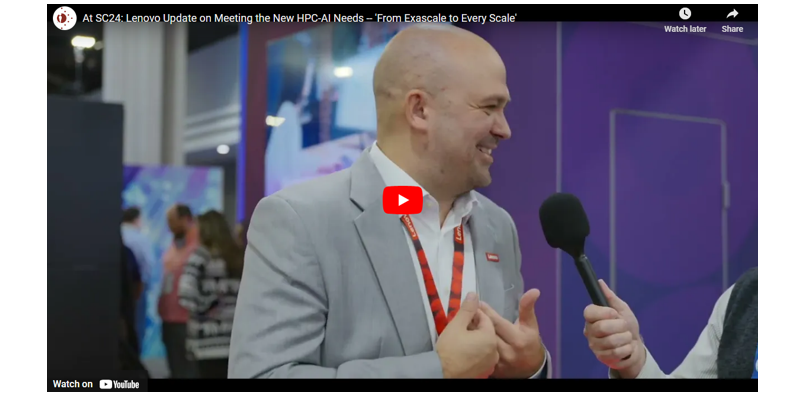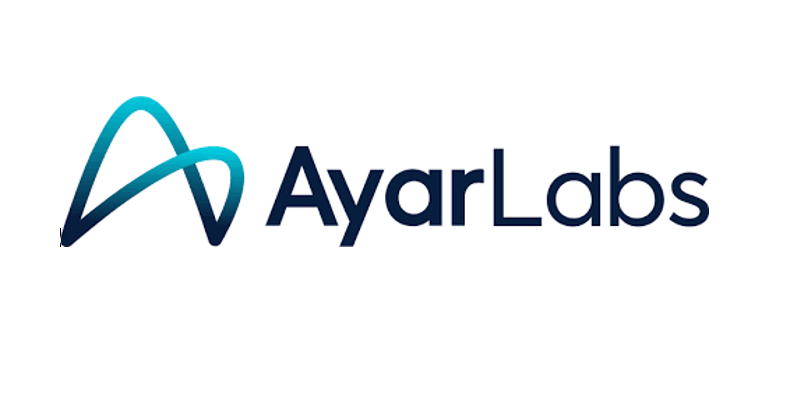
Google: ‘Willow’ Quantum System Beats Top Classical HPC by Exascales
Google has announced that its latest quantum computing system, “Willow,” delivers unprecedented performance on a quantum benchmark and has made significant advances in error correction: Willow can reduce errors “exponentially as the system scales up using more qubits. This cracks a challenge in quantum error correction that the field has pursued for ….”

HPC News Bytes 20241209: Gelsinger’s Intel Exit, Marvell’s Rising Star, Quantum in China
A happy December 9 to you! Here’s a quick (7:23) review of news from the world of HPC-AI: Potential whys and wherefores of Pat Gelsinger exit from Intel, Marvell-AWS custom AI chip alliance, China comes out of the shadows ….

HPC Helps Researchers Boost Tree Growth and Photosynthesis
A team of scientists at two Department of Energy Bioenergy Research Centers have identified a gene in a poplar tree that enhances photosynthesis and can boost tree height by about 30 percent in the field and by as much as 200 percent in the greenhouse.

At SC24: Intel, oneAPI and the UXL Foundation — Enabling Open Source Software for HPC-AI
HPC-AI chip companies have built out and manage major major software development operations, and at SC24, we caught up with two software managers associated with Intel’s open source software projects. Here is our ….
Sponsored Guest Article
Exascale Day 2024: How Supercomputing at a Billion Billion Calculations Per Second Is Changing the World
[SPONSORED GUEST ARTICLE] How exascale systems have been stood up has been recounted in detail, as has the dramatic moment when Frontier achieved exascale status. Now the focus has shifted to the work research organizations are doing with exascale, how it’s actually changing the world ….
@HPCpodcasts

HPC News Bytes 20241209: Gelsinger’s Intel Exit, Marvell’s Rising Star, Quantum in China
A happy December 9 to you! Here’s a quick (7:23) review of news from the world of HPC-AI: Potential whys and wherefores of Pat Gelsinger exit from Intel, Marvell-AWS custom AI chip alliance, China comes out of the shadows ….
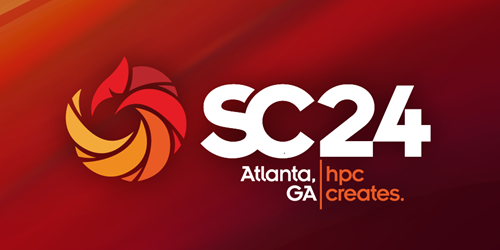
HPC News Bytes 20241125: SC24 Hit Show in Atlanta, Hyperion’s Booming Market Update, Report: TSMC Tech in Huawei AI Chips
A happy Thanksgiving week to you Americans and a happy last week of November to the rest of the world. Here’s a rapid (6:43) run-through of recent news and trends from the world of HPC-AI, including: SC24 in Atlanta ….
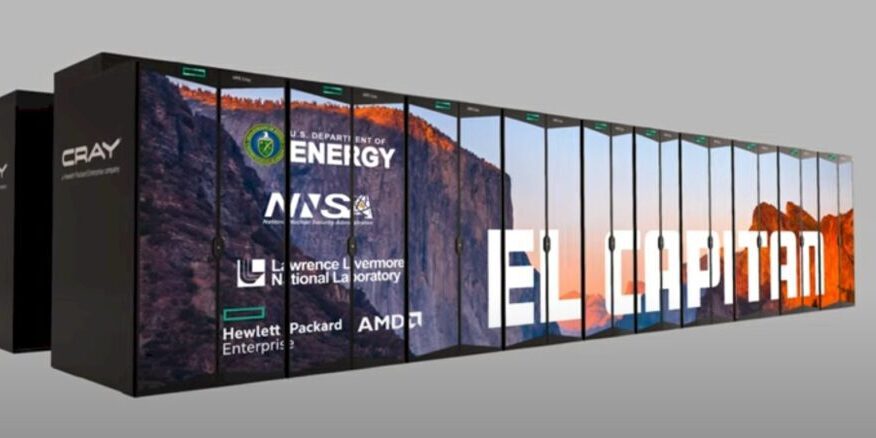
@HPCpodcast: An Analysis of the New TOP500 List of Top Supercomputers
SC24 here in Atlanta is off to a great start with more than 17,000 attendees (a 21 percent increase over 2023), 480 exhibitors from 29 countries and a new TOP500 list that features a new champion supercomputer!
White Papers
HPC as a Service to Accelerate Transformational Growth
This whitepaper discusses how HPC delivered as a service through HPE GreenLake combines the power and compliance of on-premises systems, with cloud-like financial flexibility, ease of management, and consumption-based pricing. HPE managed services and support help accelerate HPC time to value. Without upheaval, customers get a smoother, faster path to better business through HPC.
BIG COMPUTE 2021 State of Cloud HPC Report
Rescale’s role as an intelligent cloud automation platform means the company has a unique vantage point of how R&D-driven organizations are adopting cloud. This inaugural report includes insights from over 300 organizations, running 680+ applications, on each of the major cloud providers. Additionally, the report incorporates survey responses and analytics from leading HPC practitioners as well as inputs from supercomputing hardware and software partners.
Intersect360 Research White Paper: STAY COOL: DDC EASES THE RISK IN EMBRACING THE AI FUTURE
Intersect360 breaks down the impact of AI driving datacenter investments in a recent white paper titled – “Stay Cool: Easing The Risk in Embracing the AI Future”. Learn what enterprise AI datacenters need through 2030 to future-proof their environments. I360 features DDC Solutions’ new ultra-high-density cooling solutions that lower TCO, reduce operating and financial risk, […]
Recent Videos
At SC24: Intel, oneAPI and the UXL Foundation — Enabling Open Source Software for HPC-AI
Editor’s Choice

Editor and Data Scientist Daniel Gutierrez on the Relaunch of insideAI News: Illuminating AI’s Frontiers
Last week, we announced that insideHPC’s sister publication, insideBIGDATA, has been relaunched and rebranded as insideAI News, reflecting the evolution of data analytics and data science into the broad-based application of artificial intelligence.

Eviden: No Impact from Atos’s Financial Difficulties – ‘We Are Growing and Hiring’
We spoke with Eviden’s Group Senior Vice President, Head of Advanced Computing, HPC, Quantum, AI Solutions Emmanuel Le Roux, who asserted that Atos’ financial troubles have had no impact on Eviden, that Eviden is winning deals, growing and hiring.

A New Day for the TOP500: Aurora No. 2 at 585 PFlops, 4 New Top 10 Entrants, Frontier Still No. 1
Denver — Attendees at the SC23 conference here in Denver have been greeted by a roiled TOP500 ranking of the world’s most powerful supercomputers, along with significant news about a would-be exascale HPC system coming in at no. 2 on the list….
Sponsored Guest Articles
Exascale Day 2024: How Supercomputing at a Billion Billion Calculations Per Second Is Changing the World
[SPONSORED GUEST ARTICLE] How exascale systems have been stood up has been recounted in detail, as has the dramatic moment when Frontier achieved exascale status. Now the focus has shifted to the work research organizations are doing with exascale, how it’s actually changing the world ….
Optical I/O: The Key to Unlocking AI Infrastructure, Profitability and Performance
[SPONSORED GUEST ARTICLE] Scaling GenAI inference performance requires increasing the number of GPUs or accelerators working in parallel within the scale-up domain. In-package optical I/O offers a path forward by breaking the ….
Penguin Solutions’ Big Cluster Expertise Extends to Powerhouse Services for Big AI Deployments
[SPONSORED GUEST ARTICLE] These are the times that try the souls of IT staffs tasked with deploying AI at scale… Effectively implementing AI at scale involves a whole host of design, build, deployment, and management considerations. It requires ….

